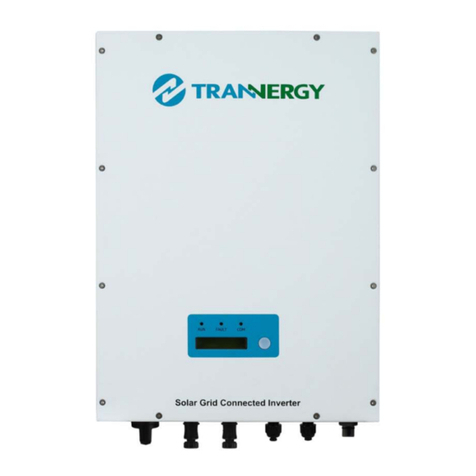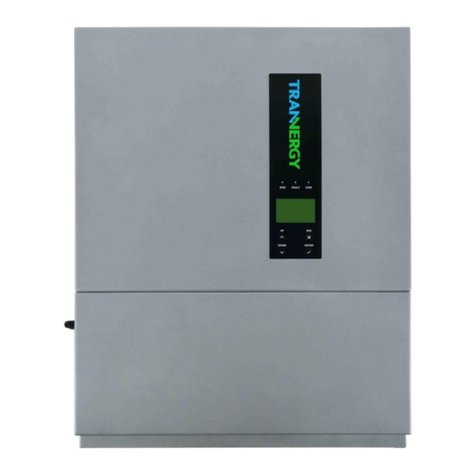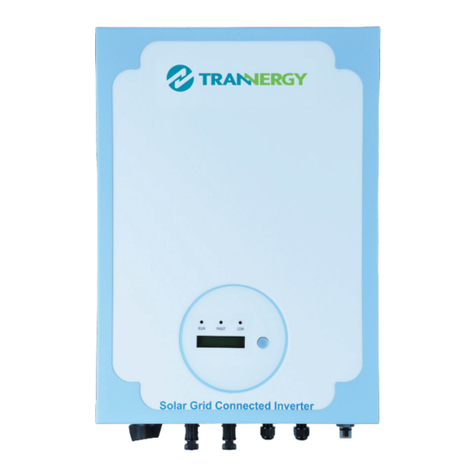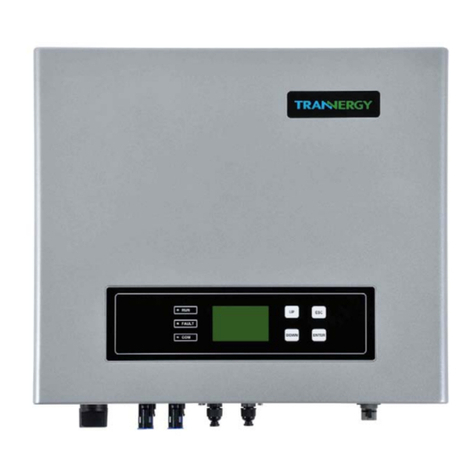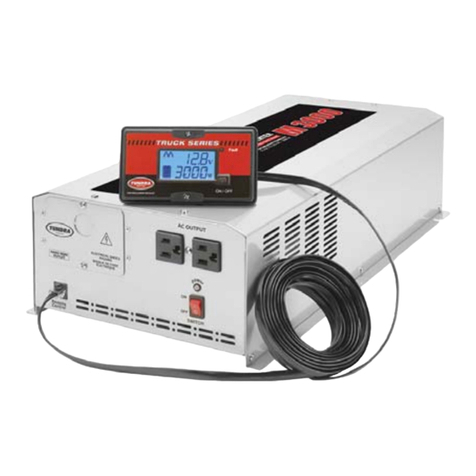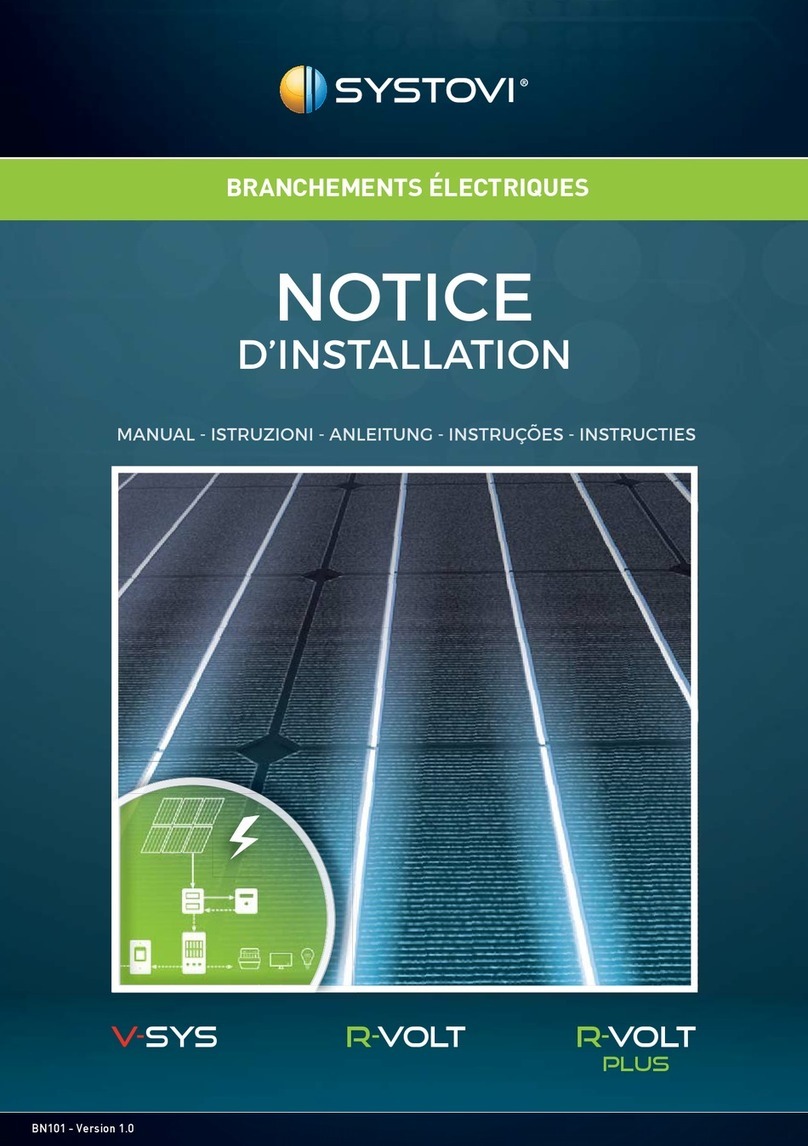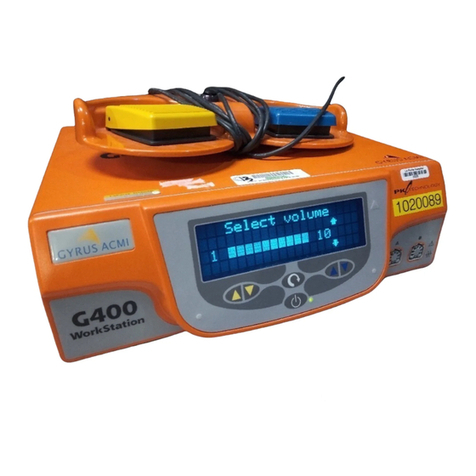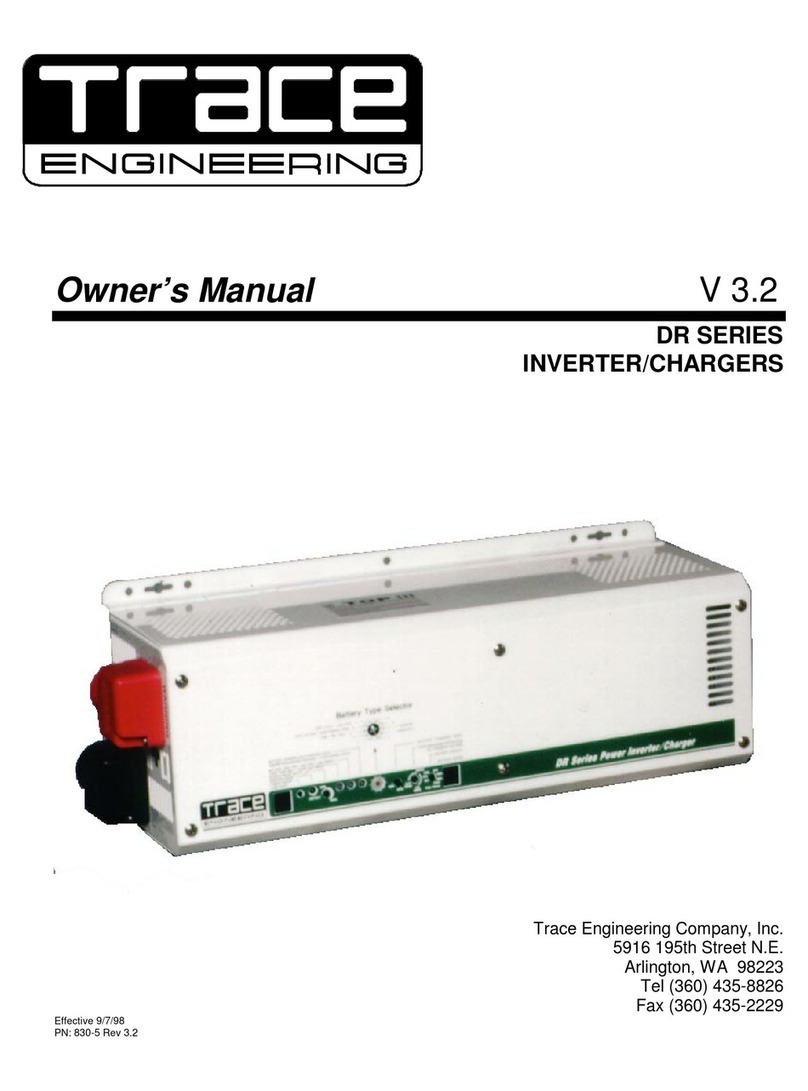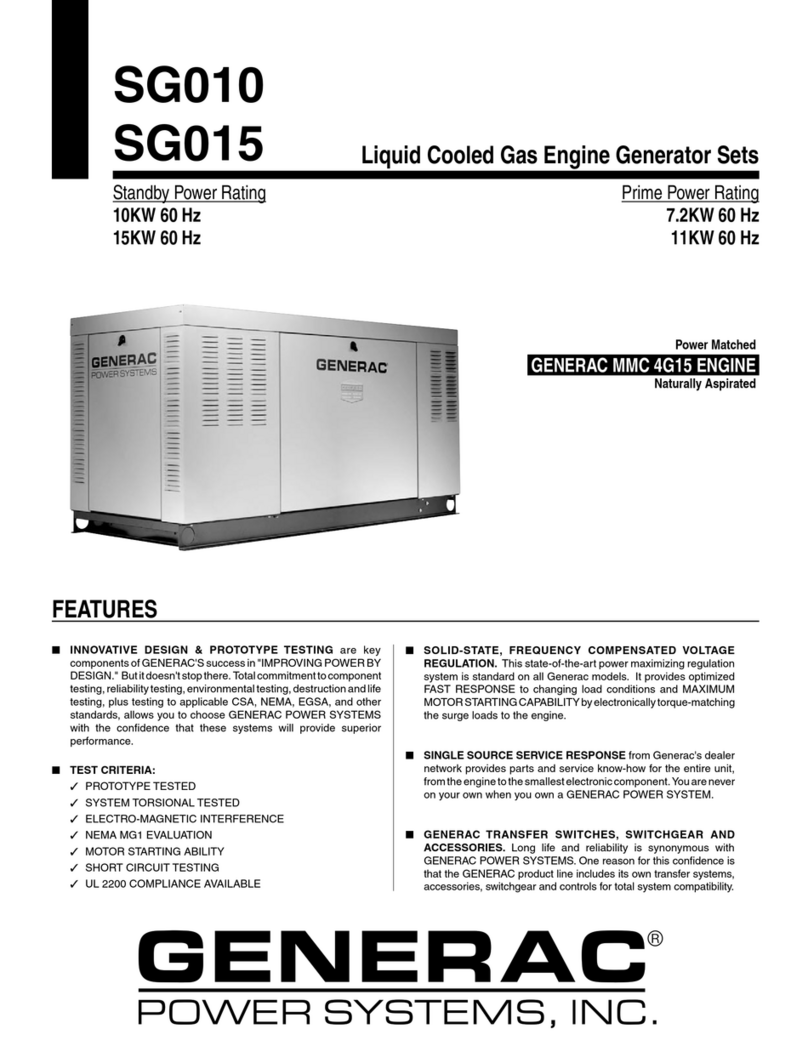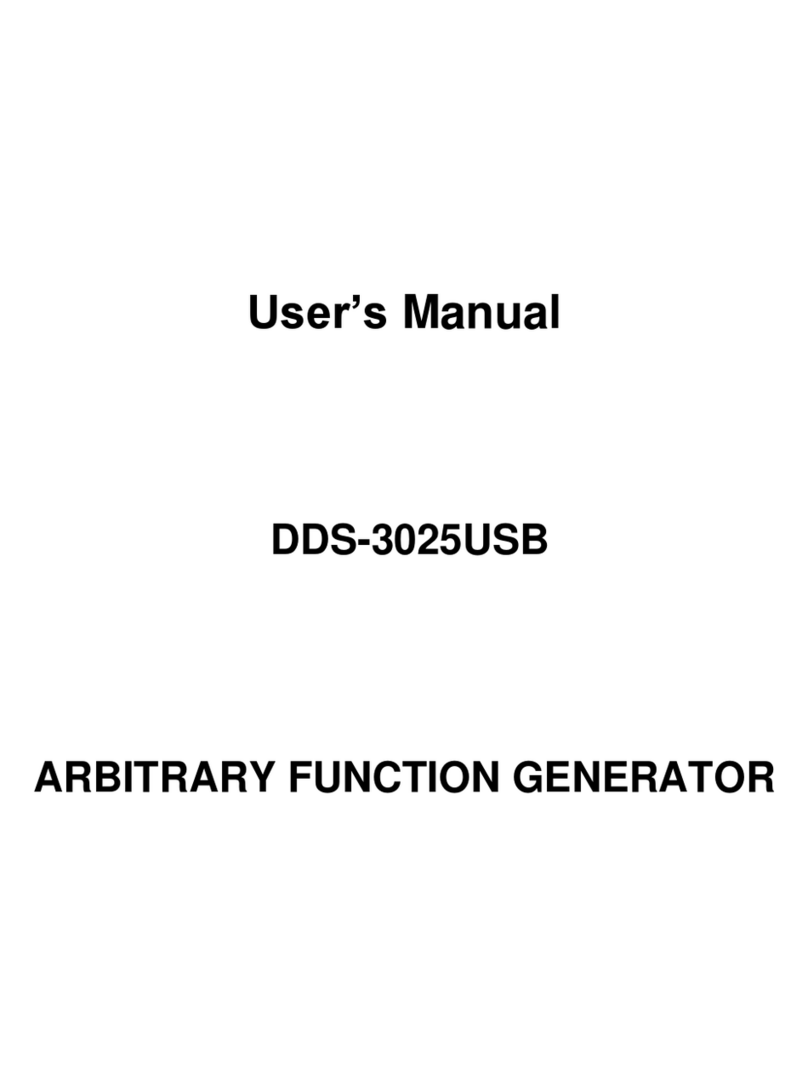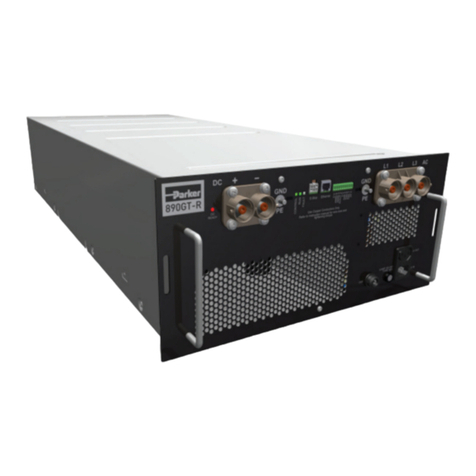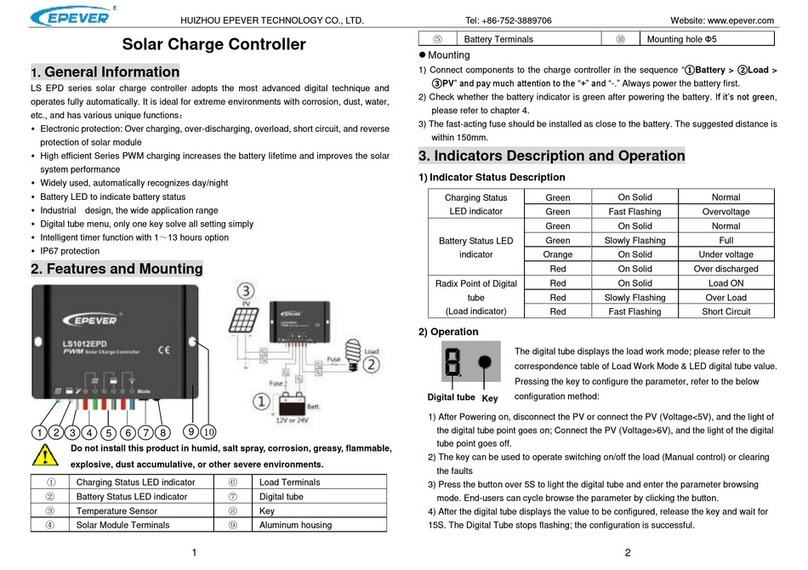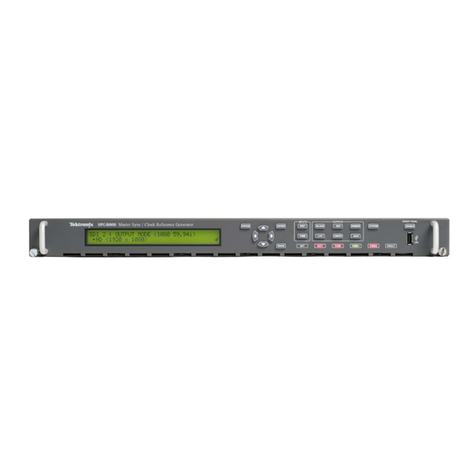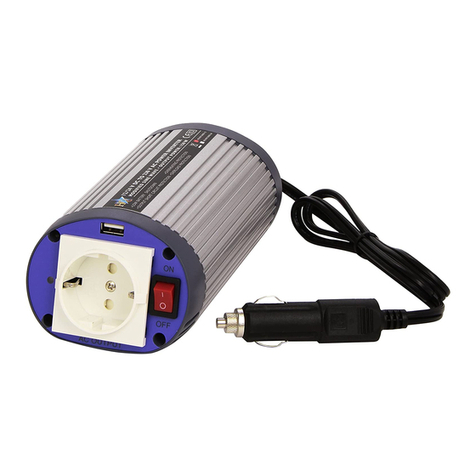Trannergy TRN010KTL User manual

User Manual
TRN010KTL/TRN012KTL/TRN015KTL/TRN017KTL
TRN020KTL/TRN023KTL/TRN025KTL

User Manual 1
Contents
1. Introduction ..............................................................................................................................................................4
1.1. Introduction .......................................................................................................................................................4
1.2. How to Use this manual.....................................................................................................................................4
1.3. Applied Designations (Warning, Caution, Note)...............................................................................................4
1.4. Important Safety Information............................................................................................................................4
1.5. General Safety Rules for Working on Electrical Equipment.............................................................................5
1.6. System Sizing....................................................................................................................................................6
2. Technical Description of Inverters ...........................................................................................................................7
2.1. Mechanical design.............................................................................................................................................7
2.2. Electrical system design ....................................................................................................................................8
2.3. The illustration of derating and limit the input power.......................................................................................8
3. Operation mode illustration of the inverter ..............................................................................................................9
3.1. Wait mode..........................................................................................................................................................9
3.2. Check mode.......................................................................................................................................................9
3.3. Normal mode.....................................................................................................................................................9
3.4. Fault mode.......................................................................................................................................................10
3.5. Flash mode.......................................................................................................................................................10
3.6. Shut down........................................................................................................................................................10
4. Installation and startup............................................................................................................................................11
4.1. Installation precaution .....................................................................................................................................11
4.2. Install steps......................................................................................................................................................11
4.3. Electrical connection .......................................................................................................................................13
4.3.1. Connection to the grid (AC output)..........................................................................................................13
4.3.2. Connection to PV generator (DC input)...................................................................................................14
4.4. Test run............................................................................................................................................................17
5. Human Machine Interface......................................................................................................................................18
5.1. Control and Display Panel...............................................................................................................................18
5.2. LED Display....................................................................................................................................................19
5.3. LCD Display....................................................................................................................................................20
5.4. Function Keys..................................................................................................................................................22
5.4.1. Configure..................................................................................................................................................22

2User Manual
5.4.2. Energy yield..............................................................................................................................................25
5.4.3. Inverter state .............................................................................................................................................25
5.4.4. Device Information...................................................................................................................................25
5.4.5. log Information.........................................................................................................................................26
5.5. Display of Fault...............................................................................................................................................26
6. Communication and Monitoring.............................................................................................................................27
6.1. Communication Interfaces...............................................................................................................................27
6.2. Communication ...............................................................................................................................................27
6.2.1. RS-232 Communication for Three inverter type......................................................................................27
6.2.2. RS-485/422 Communication....................................................................................................................28
6.2.3. WiFi/GPRS/Ethernet Communication......................................................................................................28
6.2.4. USB Communication................................................................................................................................29
6.3. Monitoring.......................................................................................................................................................29
7. Maintenance and Repair.........................................................................................................................................30
7.1 Routine maintenance ........................................................................................................................................30
7.2 Notes of maintain or service.............................................................................................................................30
7.3 Safety for maintain or service...........................................................................................................................30
8. Technical data.........................................................................................................................................................31
9. Warranty.................................................................................................................................................................33
9.1. Standard Warranty Period................................................................................................................................33
9.2. Extension of Warranty.....................................................................................................................................33
9.3. Liability Insurance...........................................................................................................................................33
9.4. Warranty Claim Procedure..............................................................................................................................33
9.5. Exclusion of Warranty Claims.........................................................................................................................34
9.6. Service after Warranty Expiration...................................................................................................................34
10. Contact Information..............................................................................................................................................35
Appendix A: FAQ (Frequently asked questions) .......................................................................................................36
Appendix B: Abbreviation..........................................................................................................................................37

User Manual 3
Copyright Declaration
The copyright of this manual belongs to Trannergy Co., Ltd.. Any corporation or individual should
not plagiarize, partially copy or fully copy it (including software, etc.), and no reproduction or
distribution of it in any form or by any means. All rights reserved. Trannergy reserves the right of
final interpretation. This manual is subject to change according to user’s or customer’s feedback.
Please check latest version at: http://www.trannergy.com.

4User Manual
1. Introduction
1.1. Introduction
This manual describes Trannergy solar inverters TRN inverters. These products are among the most
technologically advanced and efficient inverters on the market and are designed to ensure a stable
power supply for many years.
The TRN inverter is a transformerless based inverter.
1.2. How to Use this manual
Please read the safety instructions in this manual first. Throughout the manual it is assumed that the
reader is familiar with AC and DC installations and knows the rules and regulations for electrical
equipment and for connecting it to the utility AC grid. It is especially important to be familiar with
the general safety rules for working with electrical equipment.
1.3. Applied Designations (Warning, Caution, Note)
Throughout the manual important information is shown at different levels depending on the
character of the information, as shown here:
Safety information important for human safety. Violation of warnings may result in
injury to persons or death.
Information important for the protection of property. Violation of this type of
information may cause damage and loss of property.
Useful additional information or “Tips and Tricks" on specific subjects.
1.4. Important Safety Information
Read this before installing, operating or maintaining the inverter.
Before installation:
Check for damage to inverter and packaging. If you are in doubt, please contact your
supplier before installing the inverter. Check the voltages of the solar modules and
make sure they are within the limits of the TRN inverter specifications before
connecting them to the inverter.
Installation:
Only trained and authorized personnel familiar with local electrical codes may install
the inverter. For optimum safety, please follow the steps described in this manual.

User Manual 5
Keep in mind that the inverter has two voltage carrying sides, the PV input and the
AC grid.
Disconnecting the inverter:
Always disconnect the AC line first! Afterwards disconnect the PV lines. Note that
the inverter can still be charged with very high voltages at hazardous levels even
when it is disconnected from grid/mains and solar modules. Wait at least 10 min.
before proceeding, after having disconnected from grid and PV panels.
operating the inverter:
Before connecting the AC grid to the inverter, make sure that the installation cover is
mounted again. The inverter must not be open during operation.
Maintenance and modification:
Only authorized personnel are allowed to repair or modify the inverter. To ensure
optimum safety for user and environment, only the original spare parts available from
your supplier should be used.
Functional safety parameters:
Unauthorized changes of functional safety parameters may cause injury or accidents
to people or inverter. Additionally it will lead to the cancelling of all inverter
operating approval certificates. The Trannergy inverters in the TRN range are all
designed according to international safety requirements.
If non-original spare parts are used, the compliance with CE guidelines in respect of
electrical safety, EMC and machine safety is not guaranteed.
1.5. General Safety Rules for Working on Electrical Equipment
All persons installing, maintaining or servicing inverters should be trained in and have experience
with the general safety rules to be observed when working on electrical equipment.
Installation and service personnel should also be familiar with local requirements, rules and
regulations as well as safety requirements.
To provide a general guideline for safety precautions, five well-known and widely accepted rules
are repeated below. The list should by no means be considered as exhaustive.
The person performing work on electrical equipment is responsible for the safety
of persons and property!
Disconnecting
Disconnect all cables supplying voltage to the working place before starting any
work. Please note that a lack of voltage is no guarantee that disconnection has
been performed.
Protecting against reconnection
Prevent the system from reconnecting by marking, closing or locking off the work
area. Unintentional reconnection may result in severe accidents.
Checking that system is voltage free
Ascertain conclusively by means of a voltage tester that the system is voltage free.
Check all terminals to ensure that the system is voltage free (on each individual

6User Manual
conductor).
Covering adjacent voltage-carrying components and preventing persons from
gaining access to them
Cover up all voltage-
carrying system components that can harm you while
working. Make sure that danger areas are clearly marked.
1.6. System Sizing
When dimensioning a photovoltaic system, it must be ensured that the open circuit
voltage of the PV string never exceeds the maximum permissible input voltage of
1000V DC. The PV string
open circuit voltage during parallel string operation is
910V. Higher voltages may result in permanent damage to the inverter.
The selection of PV string output should be based on the optimum utilization of the invested capital
compared to the expected annual energy yield from the system. This optimization depends on local
weather conditions and should be considered in each individual case.
The inverter incorporates an input power limiting device, which automatically keeps the power at
levels that are safe for the inverter. The limitation depends mainly on internal and ambient
temperatures. The limitation is calculated continuously and always allows the maximum possible
amount of energy to be produced.
Please use the tool supplied by Trannergy when dimensioning a photovoltaic system.

User Manual 7
2. Technical Description of Inverters
2.1. Mechanical design
Figure 2-1 shows the outline dimensions of TRN inverters
720
182
526
Figure 2-1 Outline dimensions of TRN inverters
The AC output terminal is most length part at the bottom of inverter, so take care of
the AC output terminals, do not make it stand on the ground or other materials
while moving or lifting the inverters otherwise will make terminal damaged.
AC OUTPUT TERMINALS
RS232/485 TERMINALS
DC INPUT TERMINALS
DC SWITCH
Figure 2-2 Electrical Terminals of TRN inverters
For safety reasons, the use of a DC switch is recommended. Between the PV
modules and the power modules may be mandatory in some countries.

8User Manual
2.2. Electrical system design
Figure 2-3 wiring diagram of the whole system TRN inverters
Please refer to chapter 4 for the detail connecting and install methods.
2.3. The illustration of derating and limit the input power
To avoid inverter to be damaged by over temperature or over current.
Not output power when the temperature of power devices is over 85℃or the ambient
temperature is over 76℃.
Derate the output power linearly when the temperature of power devices is between 81-85℃or
the ambient temperature is between 70-76℃.

User Manual 9
3. Operation mode illustration of the inverter
Our inverter has five operation modes during the whole work process; they are wait, check, normal,
fault and flash modes. Its detail illustration is shown by Figure 3-1 below.
Shut Down
Wait Mode
Fault Mode
Flash Mode Normal Mode
Check Mode
Default:
Unrecoverable
Fault
Flash Event
Satisfy the power on condition
Have warning code
Flash Event
Flash Event
Flash Event
Check no errors
Have Fault event
Have warning events
or power off cmd
Have Fault event
Have Fault event
Recoberable fault cleared in 5s
Vpv<230Vdc
Vpv<230Vdc
Figure 3-1 State Machine of Inverter working mode
3.1. Wait mode
When the input power by solar panel is not enough to let the power module work, it is at waiting
mode. The inverter will wait until the input voltage is above 300Vdc and below 910Vdc, it turn to
check mode.
3.2. Check mode
When the inverter is power on, it will check isolation, HCT device, GFCI device, relay, fan, and soft
start automatically in order. This can guarantee the inverter work normally and turn to normal
operation mode.
3.3. Normal mode
When the conditions above are satisfied, inverter will let the BOOST and inverter module work and
turn to normal generating power mode. It will change the solar energy into electrical energy and fed
it into grid based on advanced MPPT technology in order to absorb solar energy in maximum extent
possible. It will also calculate the generated energy per day/per month/per year automatically, save
the number in EEPROM and the number can be read from the HMI.

10 User Manual
3.4. Fault mode
When there are fault during the inverter running, it will stop generating power and turn to fault
mode and display the fault information on LCD. Before do this, it will store the generated power
number into EEPROM automatically. Many not very serious fault will be cleared after 5s
automatically and retry to run. If the serious fault generated, it will stay in the fault mode until the
technical staff to solve the problem.
3.5. Flash mode
Regardless the inverter running in which mode above, when there is the flash command, it will turn
into flash mode and rewrite the firmware in DSP flash.
3.6. Shut down
When the PV input voltage less than 230Vdc, the PV panel can’t provide energy enough, so the
inverter shut down automatically. When next day come, with the irradiance increasing, it will run
again smoothly if there are no fault occurrence.

User Manual 11
4. Installation and startup
4.1. Installation precaution
Warning!
Before installation and maintenance, AC and DC side doesn’t carry electricity, but if
DC side is just disconnected, capacitance still contains electricity, so please wait for
at least 10 minutes to ensure the capacitors completely release the energy and
inverter is not electrified.
Note!
Inverters must be installed by qualified person.
Trannergy assures the product guarantee of the TRN series inverters during five years after your
purchase, if the installation site does not meet the instructions described in this manual, it is out of
warranty. The warranty is limited to the costs of repair and/or replacement of the product by
Trannergy only.
Ventilation is very important to cool the inverter. For outdoors application, the inverter requires at
least 500mm of clearance among the other units and 300mm of the ground or the roof. See Figure
4-1:
300mm
300mm
500mm
500mm
Figure 4-1 Distance required of Inverters
4.2. Install steps
Setp1: Drill five Ø10 holes in the wall according to the dimensions shows in Figure 4-2:

12 User Manual
421
320
5X
Φ
10,45-50mm,Deep
210
160
Figure 4-2 Dimensions of drilling holes
Note!
Keep drilling vertical to the wall, and don’t shake when drilling to avoid damage to
the wall. It need repositioning and drilling holes if the hole with much error.
Step2: Put the expansion pipe showing in Figure 4-3 into the hole vertically, use hammer to tap the
pipe into the wall completely.
Figure 4-3 Expansion tube
Step3: Put the mounting panel on the wall and twist the M8x50 screws into the expansion tube to
fix the mounting panel.
Figure 4-4 Install the mounting panel
Setp4: Hung the inverter on to the mounting panel:
Figure 4-5 Hung the inverter

User Manual 13
4.3. Electrical connection
4.3.1. Connection to the grid (AC output)
Attention
Safeguard each inverter with an individual manual AC breaker in order that inverter
can be safely disconnected under load when installation & maintenance
Connection Procedure:
Step1: Switch off theAC breaker secure against being switched back on inadvertently.
Step2: strip the cable as the following figure: (Recommended cable specification: 10mm2)
Figure 4-6
Step3: AC female connector includes the following components:
Figure 4-7
Step4: Put the wires through Screw Cap, Adapter Body of theAC female connector:
Figure 4-8
Step5: Connect the cables according to the following pictures:
Figure 4-9
R
T
S
N
PE

14 User Manual
Attention!
Please ensure the corresponding relationship between polarities the core cable
and the hole of the terminal is correct.
Step6: Screw these components tightly after connecting the wires:
Figure 4-10
Step7: Connect AC female terminal toAC male terminal on inverter and then screw them together.
4.3.2. Connection to PV generator (DC input)
Attention!
Safeguard each inverter with an individual manual DC breaker in order that inverter
can be safely disconnected under load when installation & maintenance. The breaker
should have certain capacity of over current and over voltage. In addition, before
cutting off the DC end connection. Please cut off the AC end connection at first.
There are two MPPT trackers (A & B route) provided by the TRN inverters and each MPPT tracker
provides a pair of DC input interface.
Attention!
Connectors must not be connected or disconnected under load!
Figure 4-11
Step1: Assembly Instruction for the male side and female side connector:
Strip cable .276 inches (9/32”) - (7mm) and be careful NOT to nick conductors.
Figure 4-12

User Manual 15
Amphenol specified strip tool can be used in this step. Adjust the striper stopper and put the
cable in corresponding notch to strip the length of 7mm. See below figures.
Figure 4-13
Insert striped cable into contact barrel and insure all conductor strands are captured in the
contact barrel and the conductors are visible in the contact barrel observation hole. See below
figures.
Figure 4-14
Crimp contact barrel by using the hex crimping die. See below figures
Figure 4-15
Amphenol specified crimping tool can be used in this step. Put the contact barrel with striped
cable in the corresponding crimping notch and crimp the contact. See below figures.
Figure 4-16

16 User Manual
Insert contact cable assembly into back of male and female connector. A “click” should be
heard or felt when the contact cable assembly is seated correctly. See below figures.
Figure 4-17
Wrest the cap by using the torque of 2.6~2.9NM.
Figure 4-18
Step2: Mate and separate Helios H4 connector:
After wrest the cap tightly, align the 2 half connectors and mate them together by hand until a
“click” is heard or felt.
Figure 4-19
When the separation of connector is necessary, use the Amphenol specified tool (Ring tool or
wrench tool) to separate. And while using the ring tool or wrench tool, please make sure the
wedge side of the fingers faces the female connector and push the tool down. Then separate the
connector by hand. See below figures.

User Manual 17
Figure 4-20
DANGER!
DANGER to life due to potential fire or electric shock.
NEVER connect or disconnect the DC connectors under load.
4.4. Test run
Before turn on the inverter, please confirm:
a) Three phase five wires (R/S/T/N/PE) cable correctly connected to the inverter AC side through
AC circuit breaker;
b) The DC cable connected correctly to the inverter DC side through DC circuit breaker, please be
attention to the cable connected to the two string correctly and it’s polarity;
c) The unused terminals are covered.
Turn on the inverter:
Step1: Close the DC and AC circuit breaker;
Step2: If the solar panels provide enough energy, the power module will work and the LCD panel
will be lit;
Step3: Then the inverter will turn into self-check mode and the LCD panel will display the
remaining time of connect simultaneously;
Step4: After the inverter turn into normal mode, it feed electrical energy into grid, and LCD panel
will display the generated electrical energy.
As long as the inverter works, it will automatically track the maximum power point to absorb the
maximum energy from solar. When night comes, the irradiance is not strong enough to provide
energy, the inverter will power off automatically. When the next day comes, the input voltage
reaches the start value, it will start again automatically.

18 User Manual
5. Human Machine Interface
5.1. Control and Display Panel
Info provided here mainly includes LED display, LCD display, function keys and display fault etc.
All function including parameter review, setting, and malfunction info etc can be realized at this
interface. It is showing as the follow (Figure 5-1).
Figure 5-1 Control and Display Panel
Object Description
A
Working normally (Green LED)
B Fault (Red LED)
C Communication (Yellow LED)
D EXIT (Function key)
E Down (Function key)
F OK (Function key)
G LCD display
H Up (Function key)
TRN inverters have 3 LEDs, 1 LCD and 4 function keys:
LEDs
Green LED: Working normally.
Yellow LED: Communication.
Red LED: Fault.
LCD
240×160 MONO LCD.
Function keys
OK Button: confirm the selection.
UP Button: move cursor to up selection or increase the values.
A
B
C
D
E
F
G
H

User Manual 19
DOWN Button: move cursor to down or decrease the values.
ESC Button: exit current menu into main menu.
5.2. LED Display
TRN inverters are equipped with three LEDs including “Green”, “Yellow” and “Red” which
provide information about various operating status.
Green LED
The green LED lighting indicates that inverter is active and working normally. Otherwise,
it indicates inverter shuts down or malfunction happens.
When the grid shows 380V/50Hz and input voltage generated by PV modules is above
200V, the green LED lights up.
Normally, this LED begins to light up in the morning when the sunshine intensity is enough
and goes out when it gets dark.
Yellow LED
The yellow LED flashes during inverter communicating with other devices including DLU
and PC etc through RS485 and goes out after the communication finishes.
The yellow LED keeps on lighting during the software update; otherwise, inverter doesn’t
communicate with other devices, or burn, update the firmware etc.
Red LED
The red LED indicates that inverter has stopped feeding power into the grid because of
fault, and the exact fault information will display on the LCD at the same time.
The faults as follows in the table will activate the red LED.
For details, please refer to table as below:
LED Status Detailed Message
Green Normal TRN inverters are working normally.
Yellow
Communication state TRN inverters are communicating with other devices.
Burning software/
Software upgrade
The firmware is upgraded.
Red
GFCI Failure The GFCI detection circuit is abnormal.
AC HCT Failure The AC output sensor is abnormal.
Consistent Fault:
DC inj. differs for M-S
Different measurements between Master and Slave for
DC output current.
Consistent Fault:
Ground I differs for M-S
Different measurements between Master and Slave for
GFCI.
High DC Bus
DC Bus voltage is too High.
Utility Loss No grid voltage detected.
Ground I Fault GFCI malfunction.
Over Temperature in Inverter Internal temperature of inverter is high.
PV Over Voltage PV input voltage surpasses the tolerable maximum
value.
This manual suits for next models
6
Table of contents
Other Trannergy Inverter manuals
Popular Inverter manuals by other brands
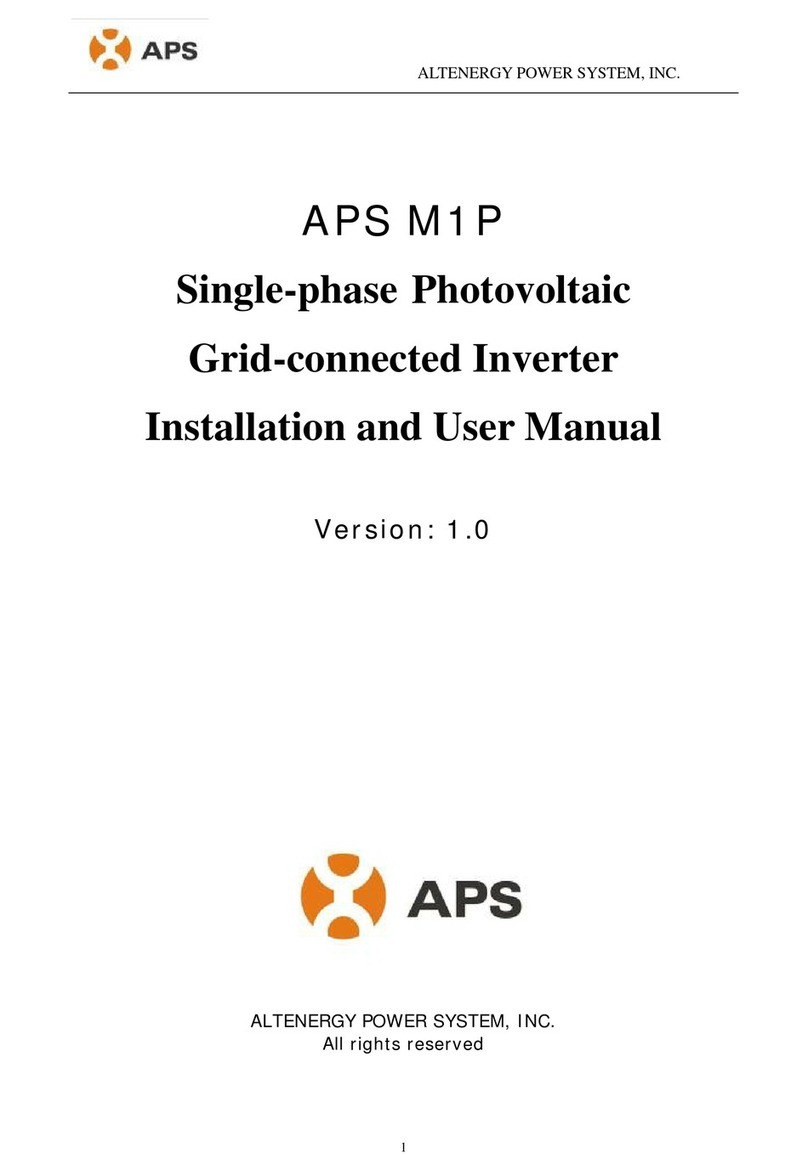
APS
APS M1P Installation and user manual
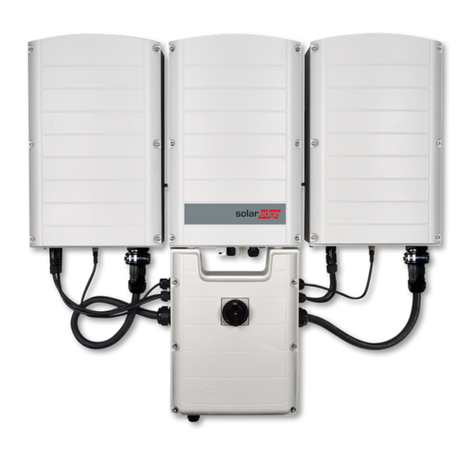
SolarEdge
SolarEdge SE50K installation guide
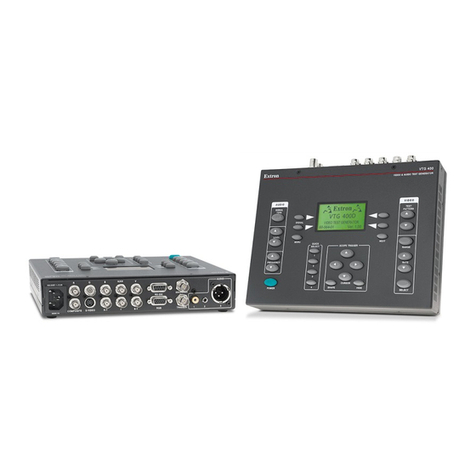
Extron electronics
Extron electronics VTG 400D Specifications
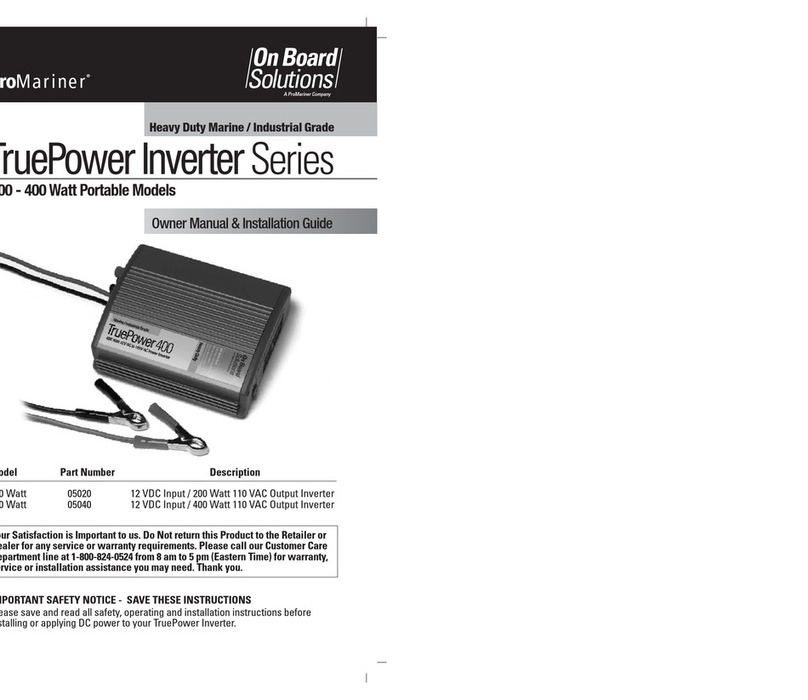
ProMariner
ProMariner TruePower Inverter Series Owner's manual & installation guide

SEW-Eurodrive
SEW-Eurodrive MOVIDRIVE system Compact operating instructions

HuaYao
HuaYao S650 Universal instruction manual
